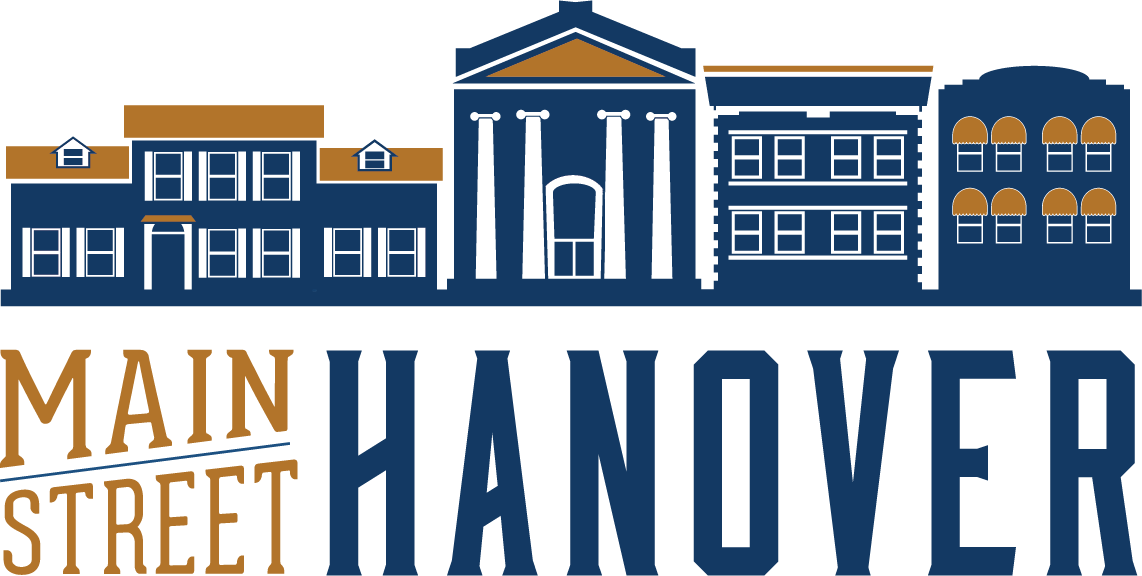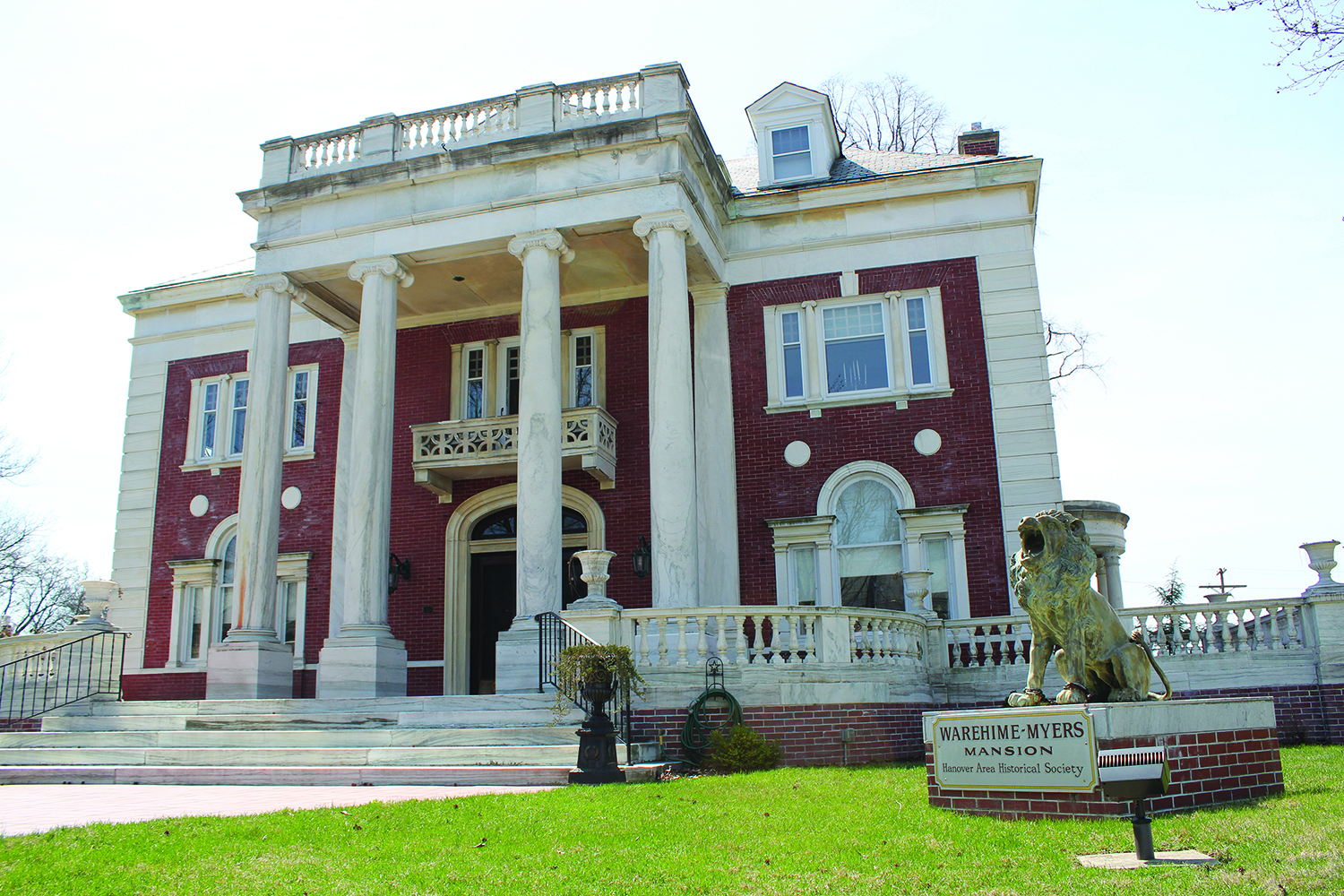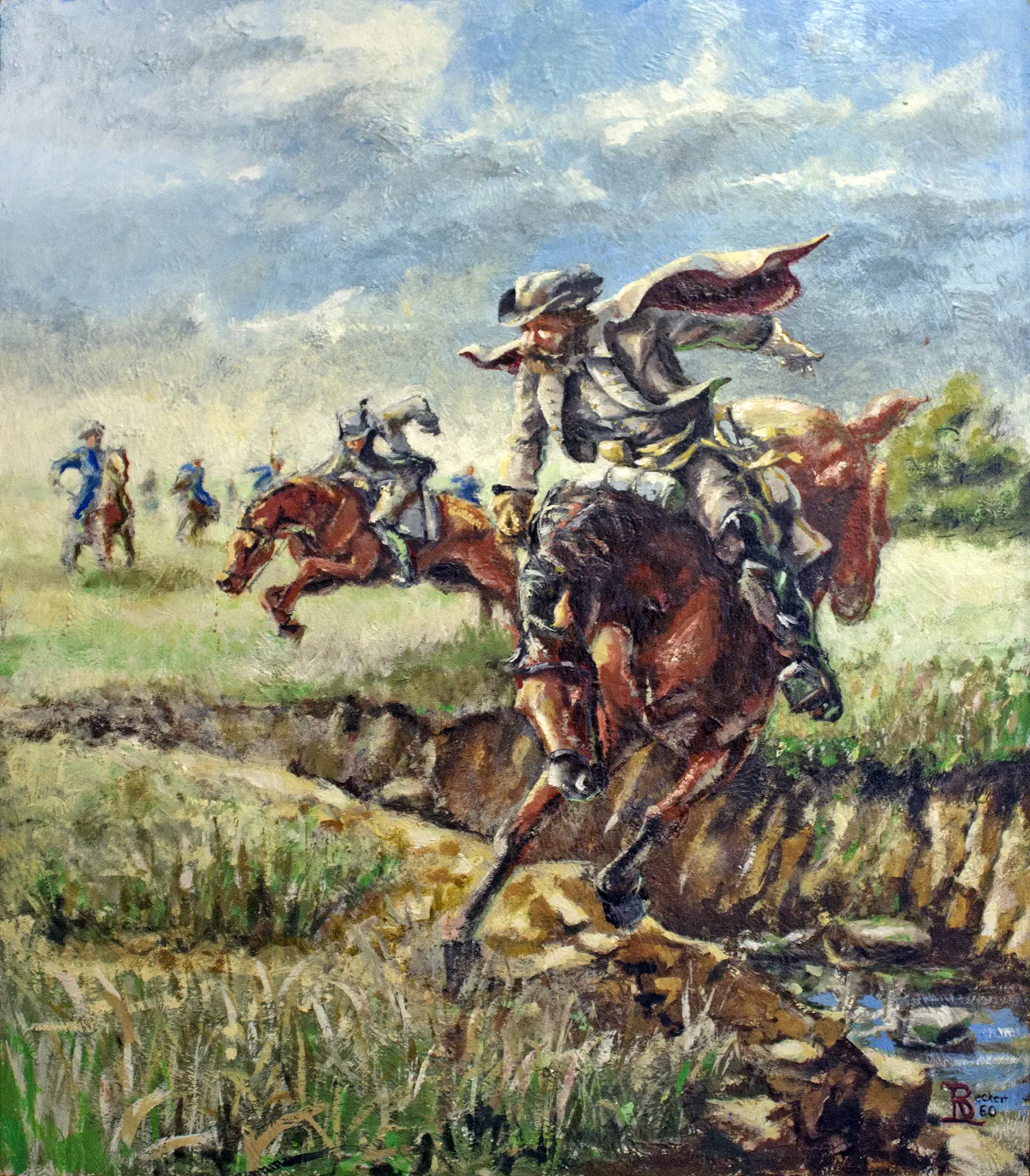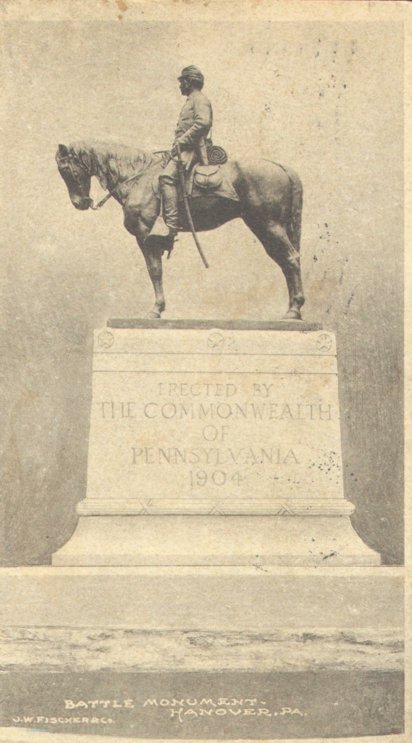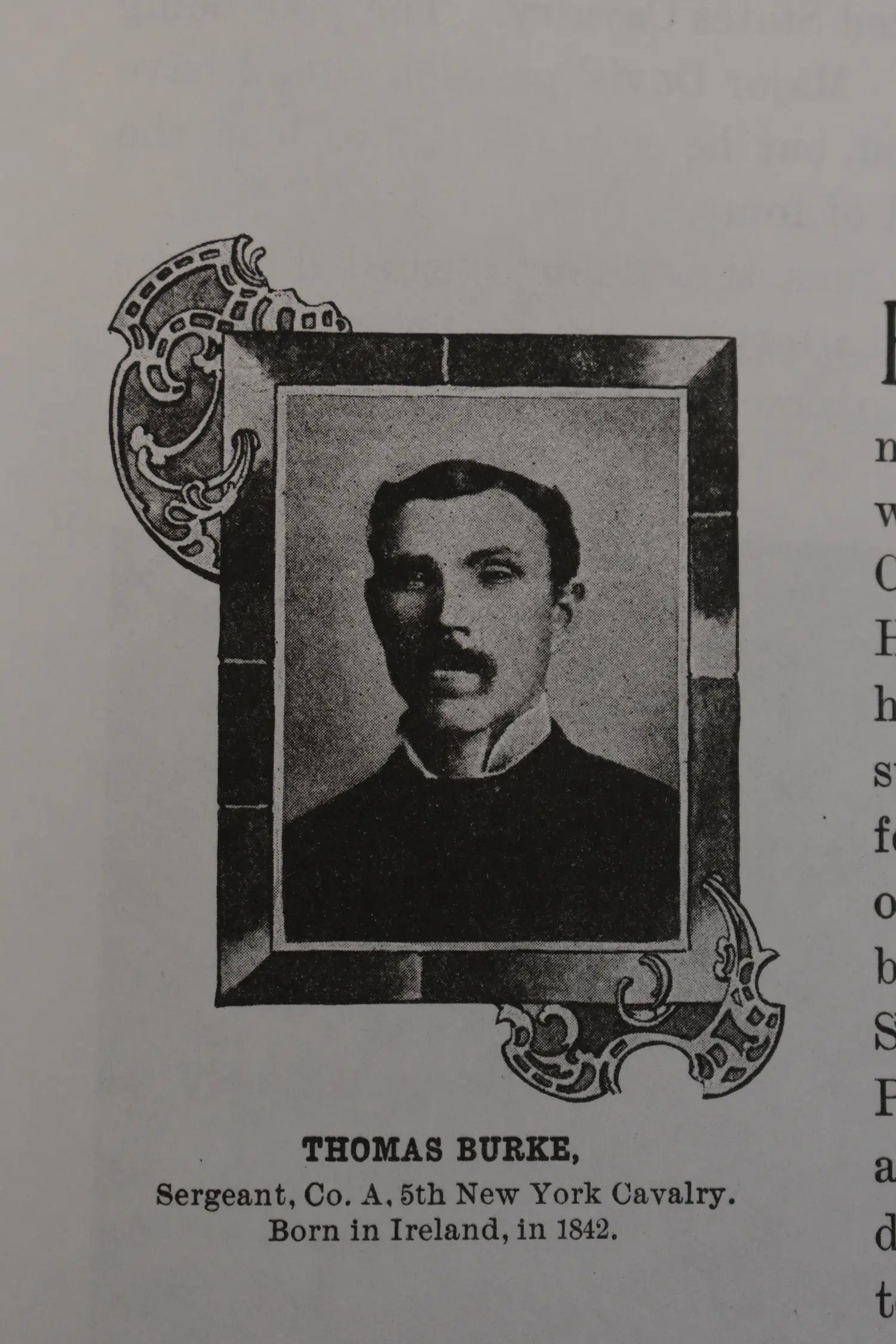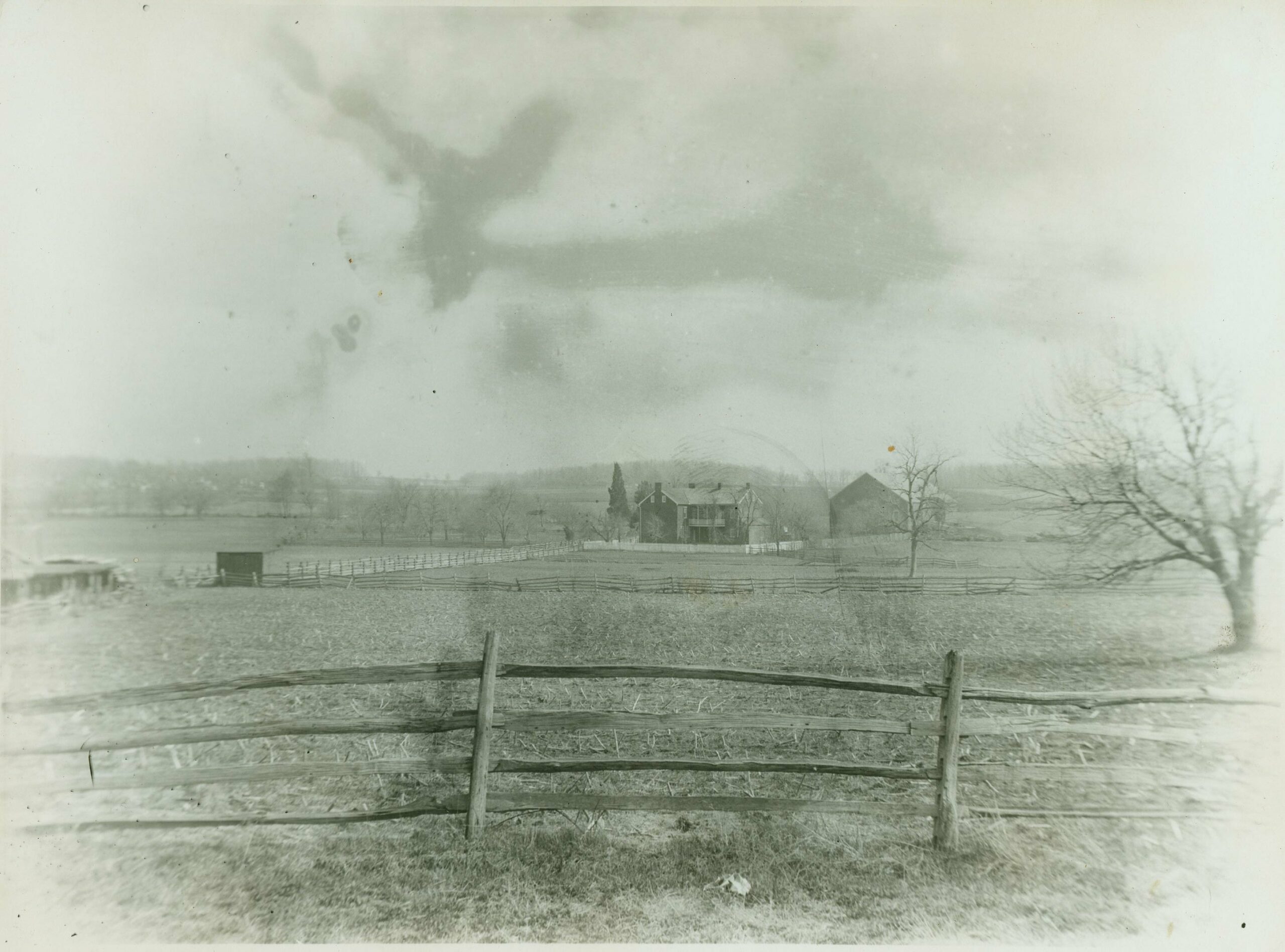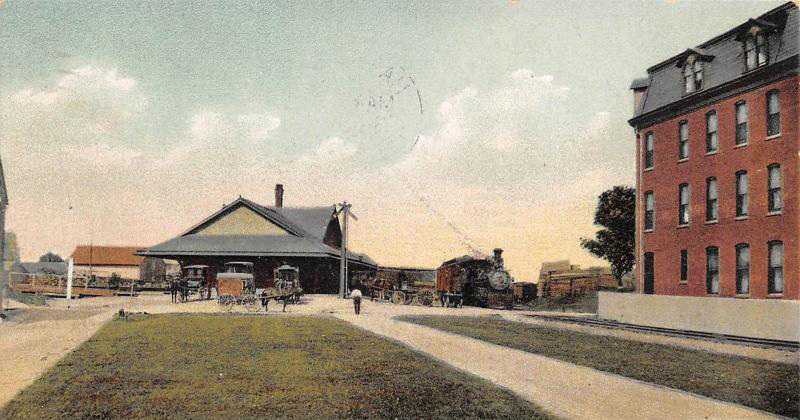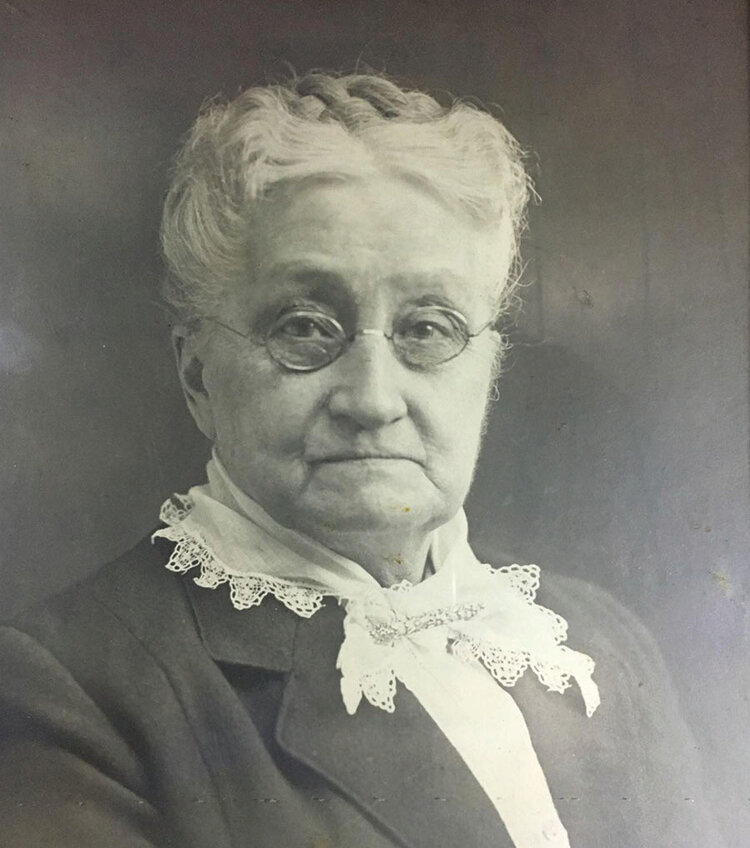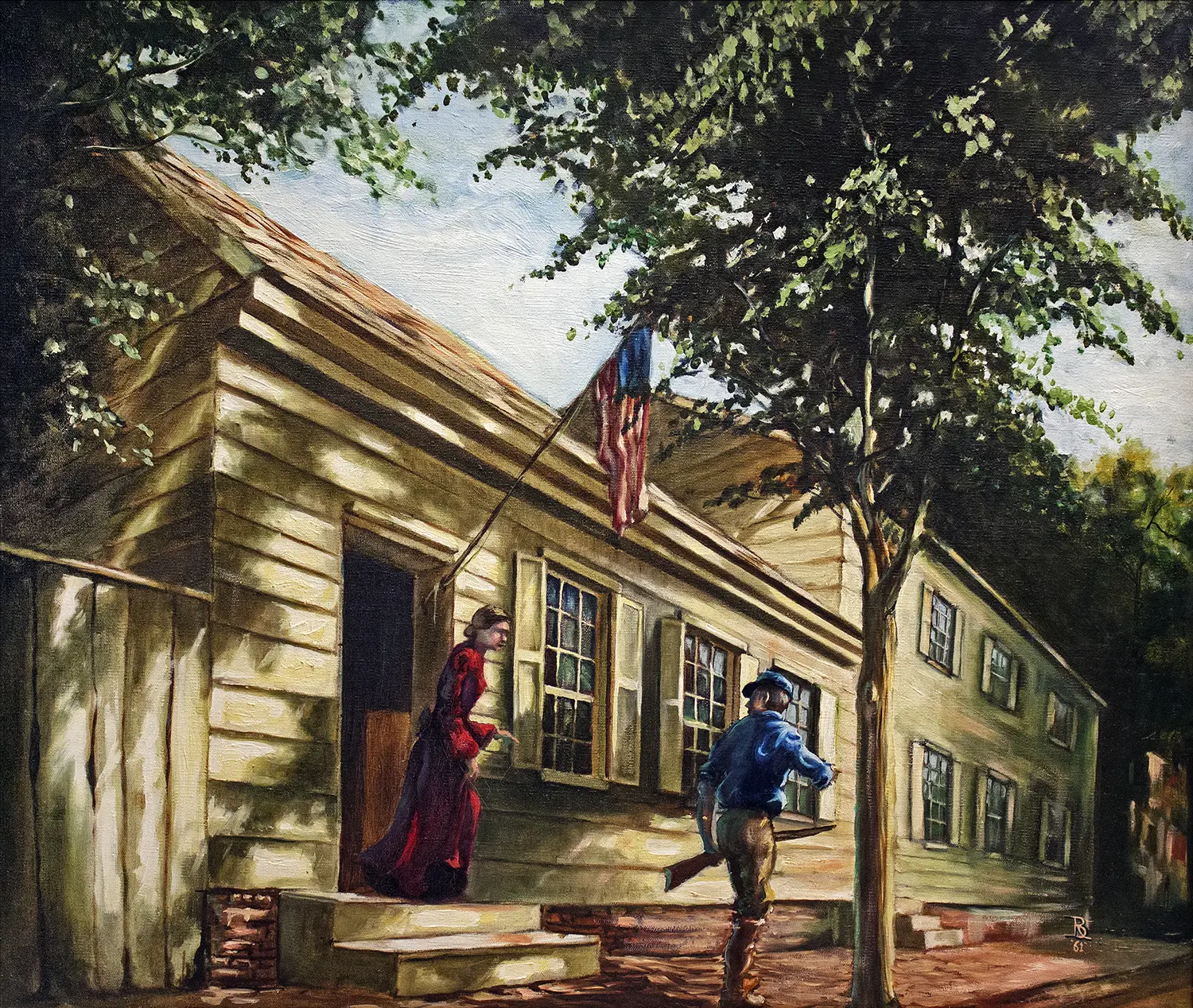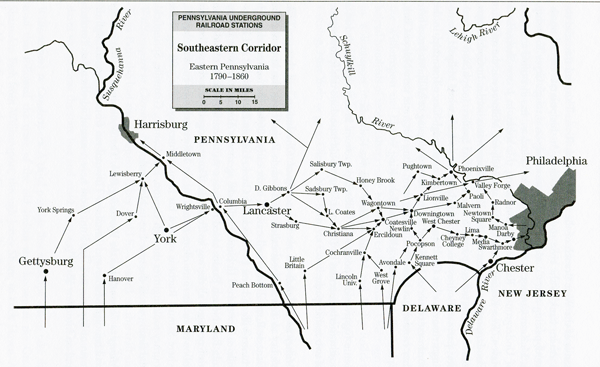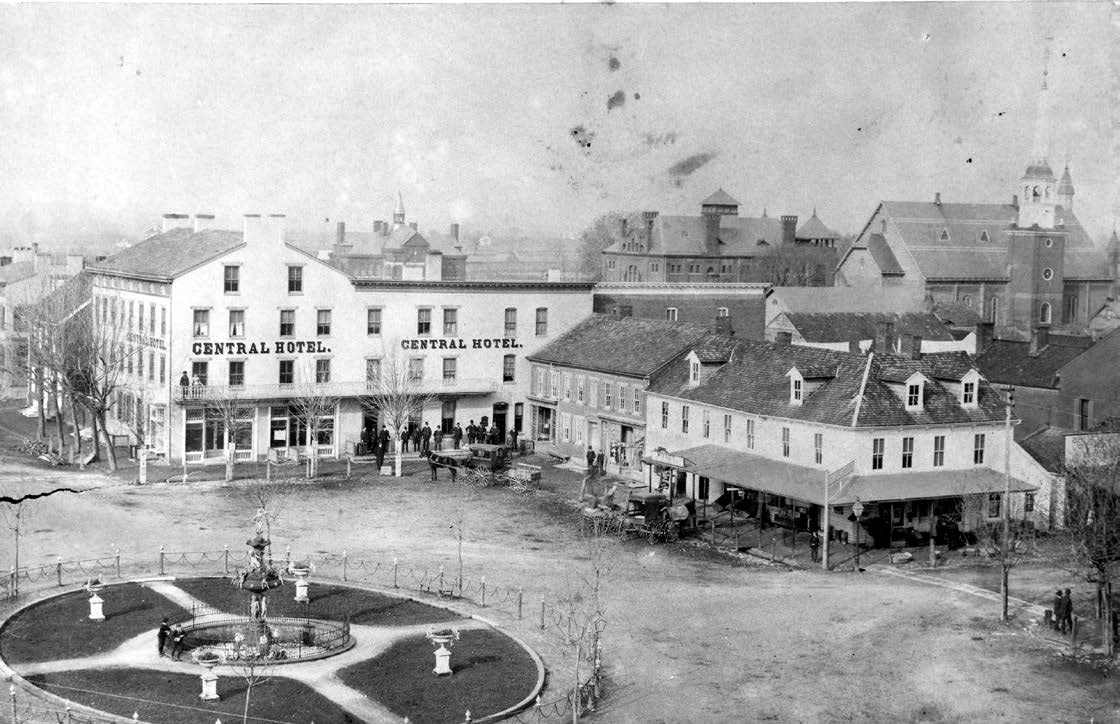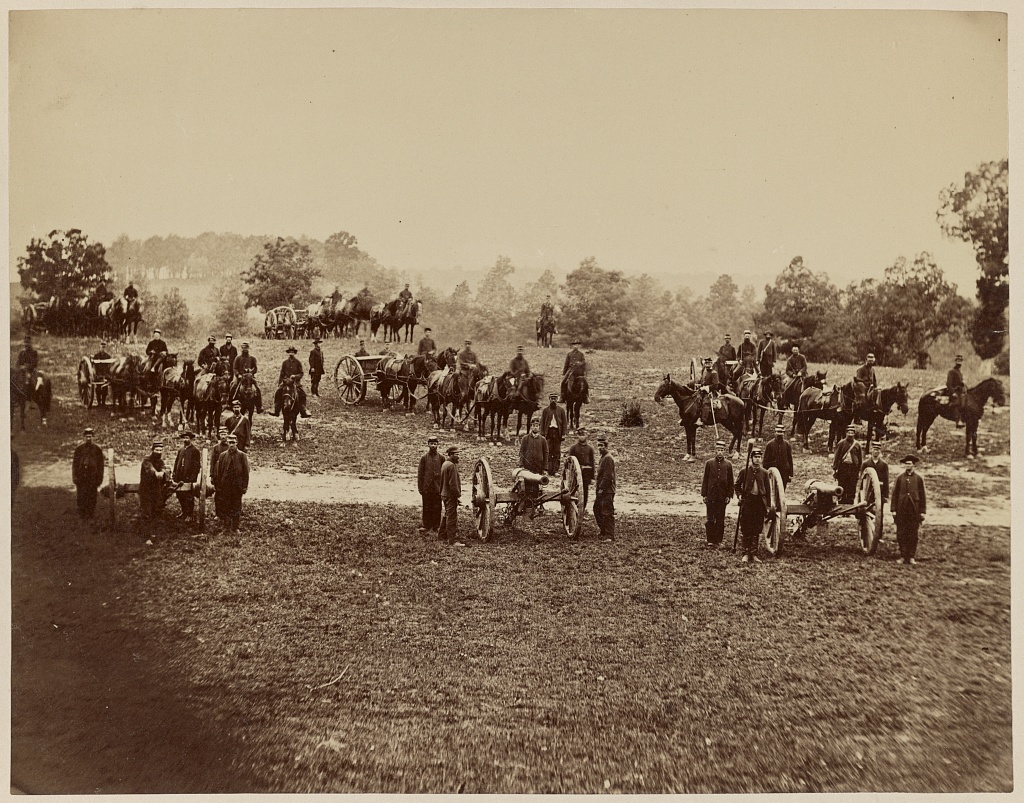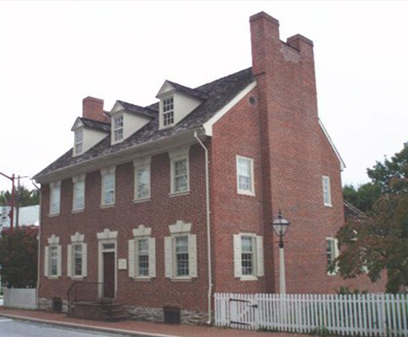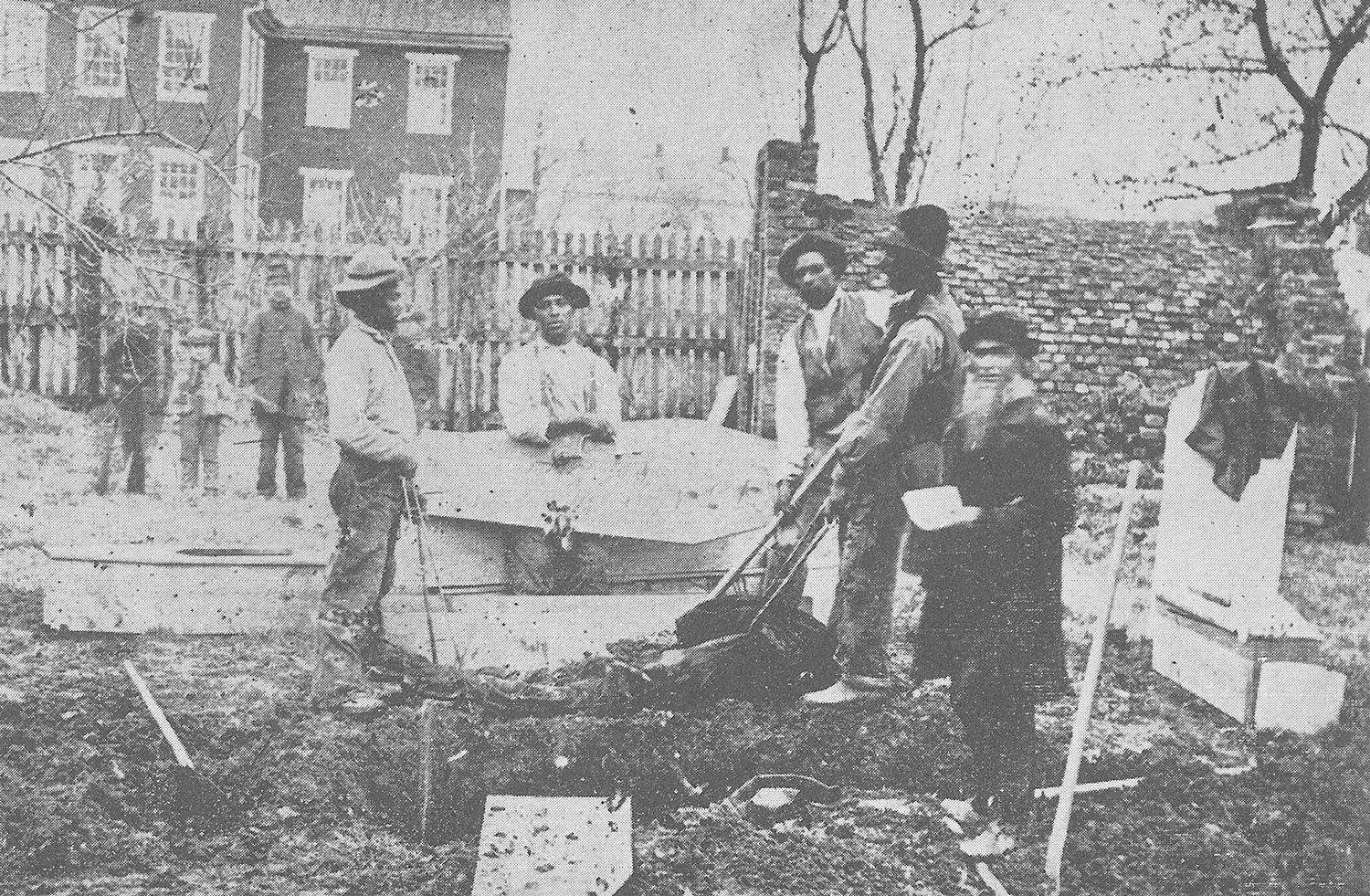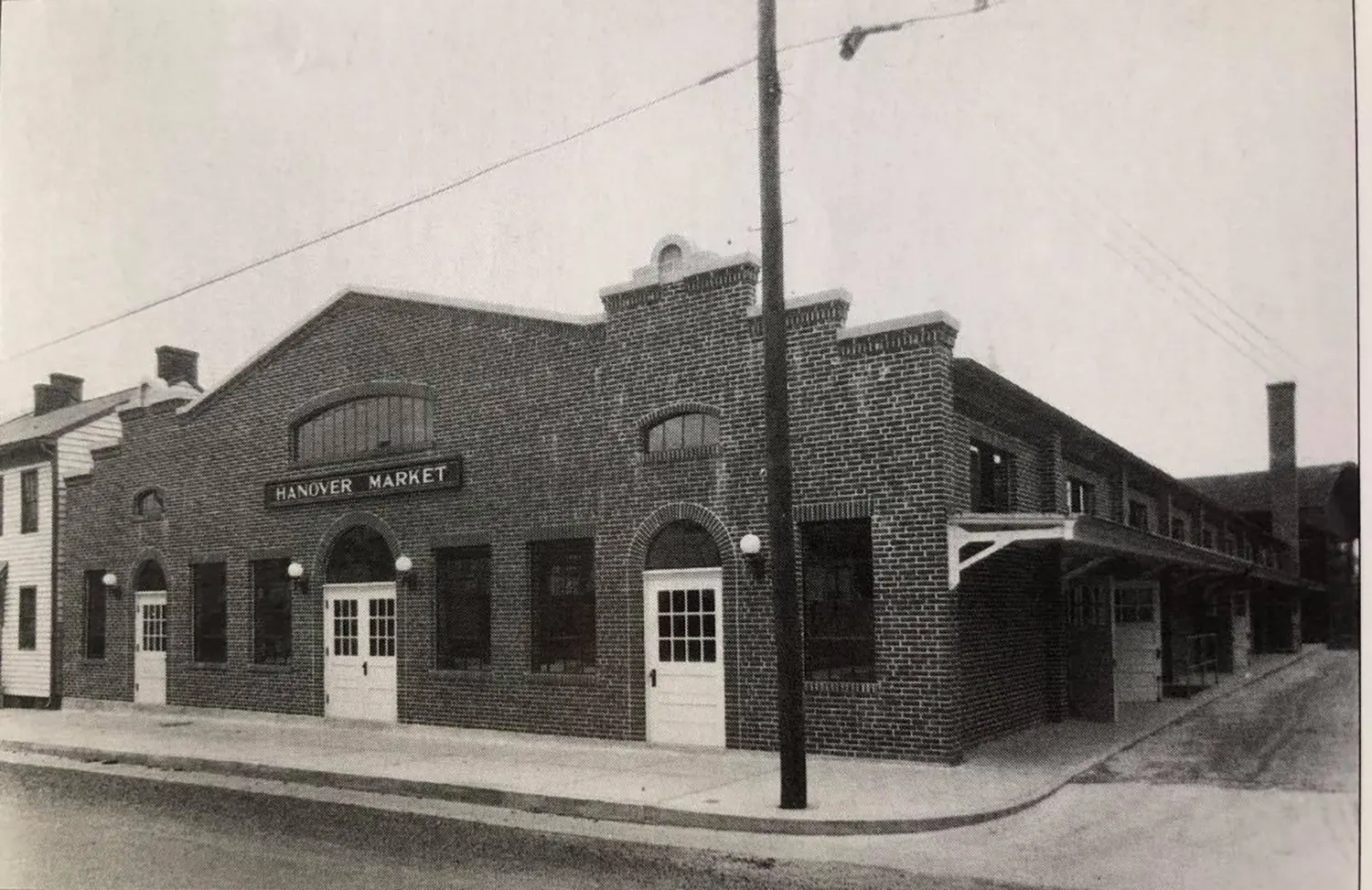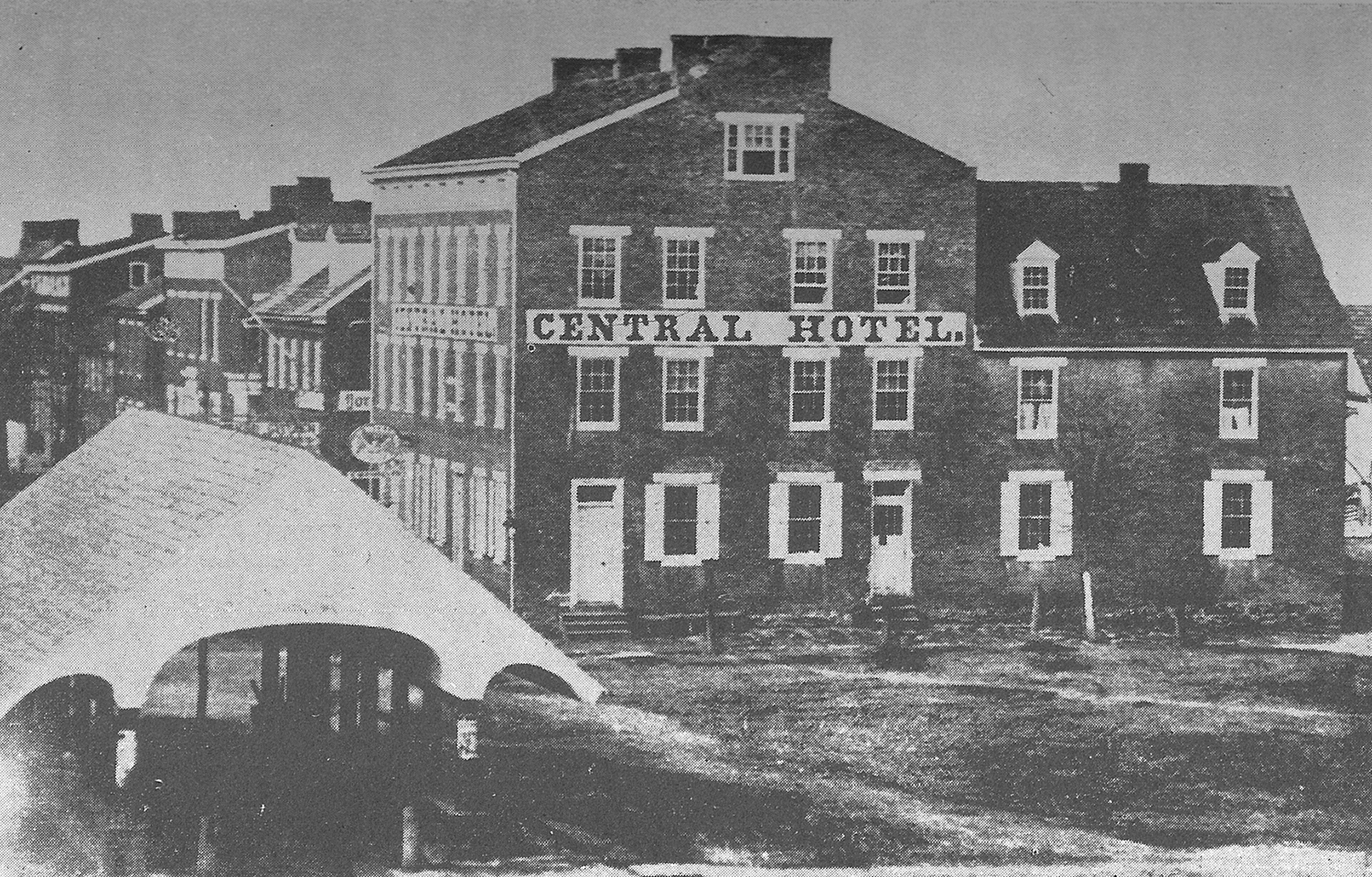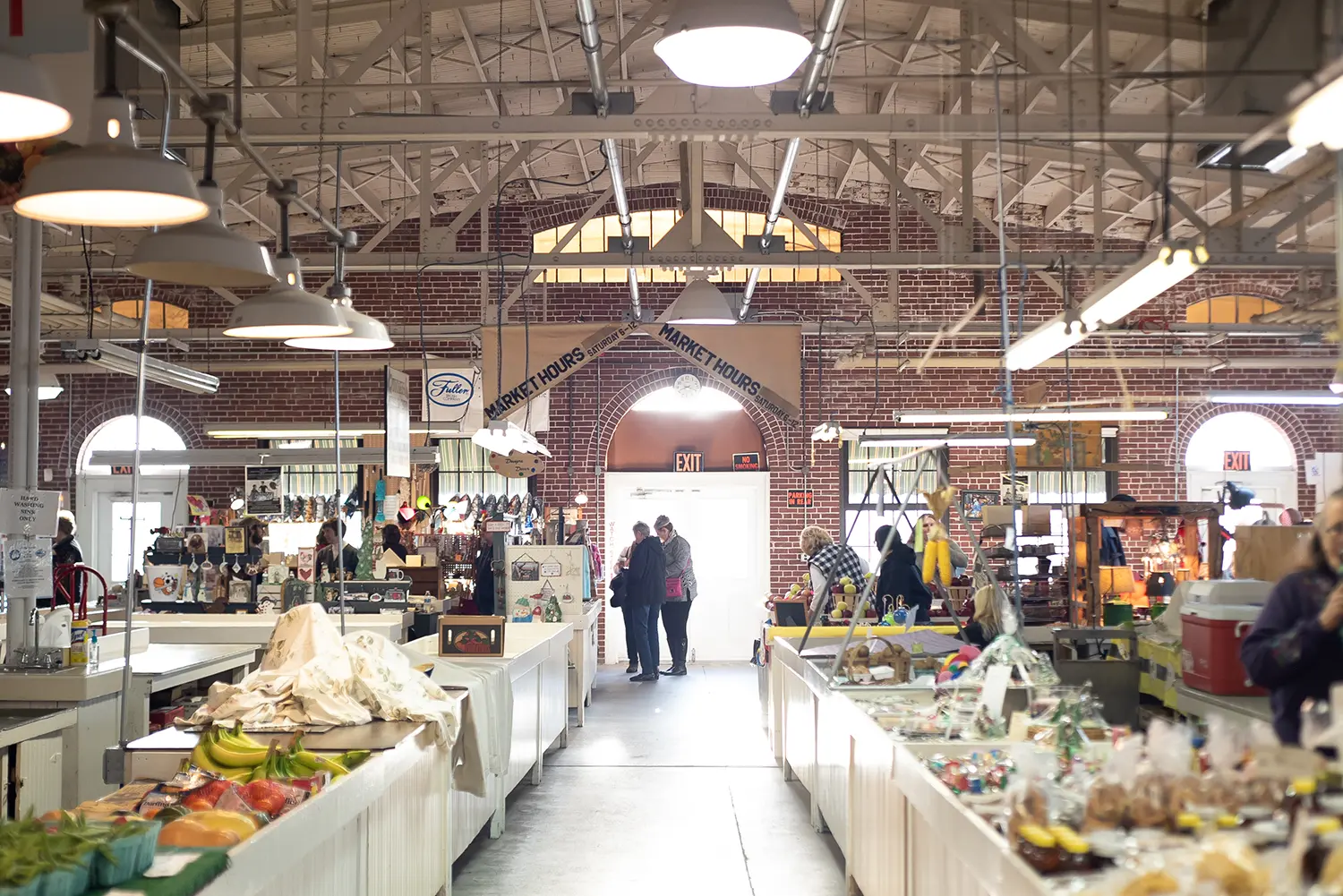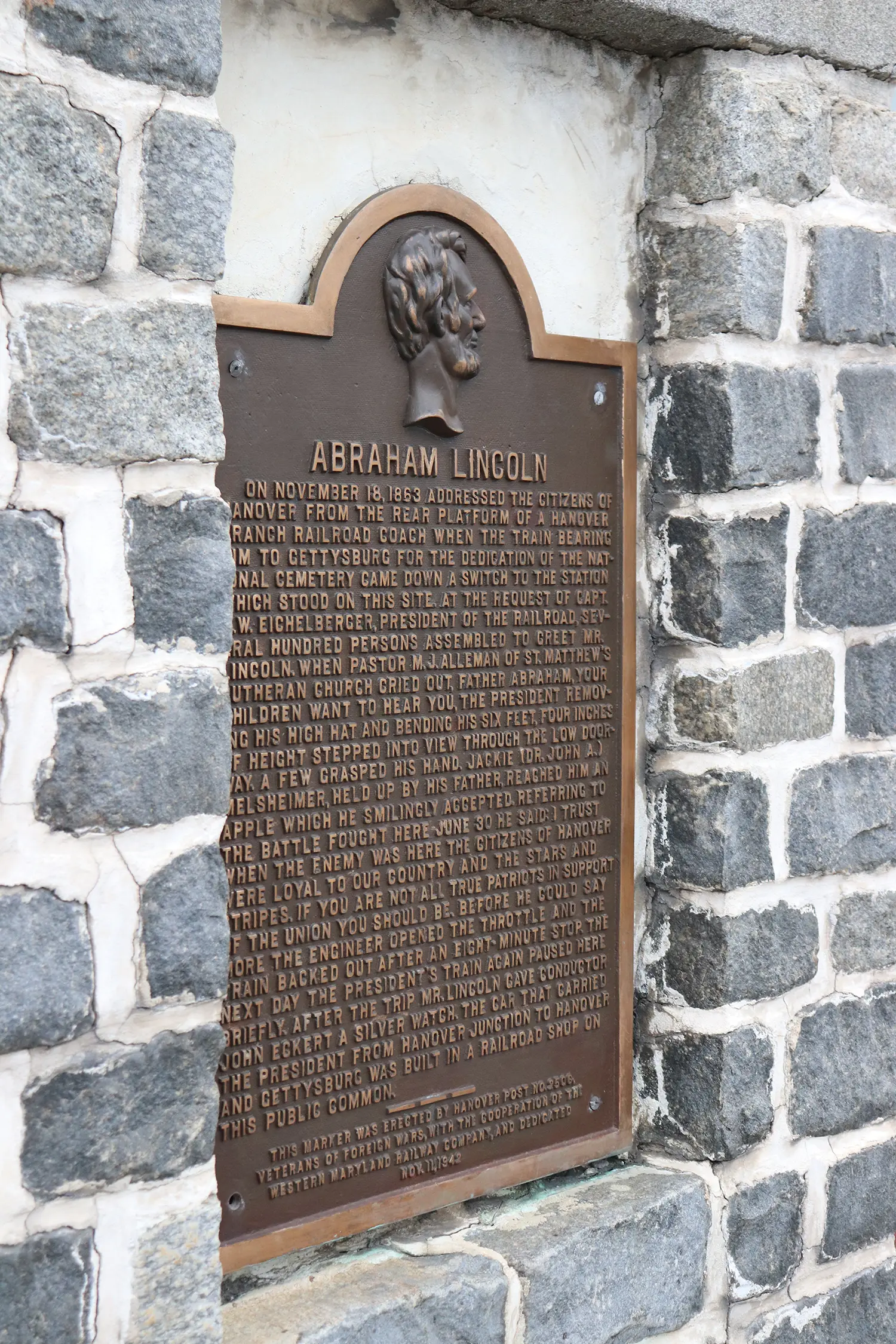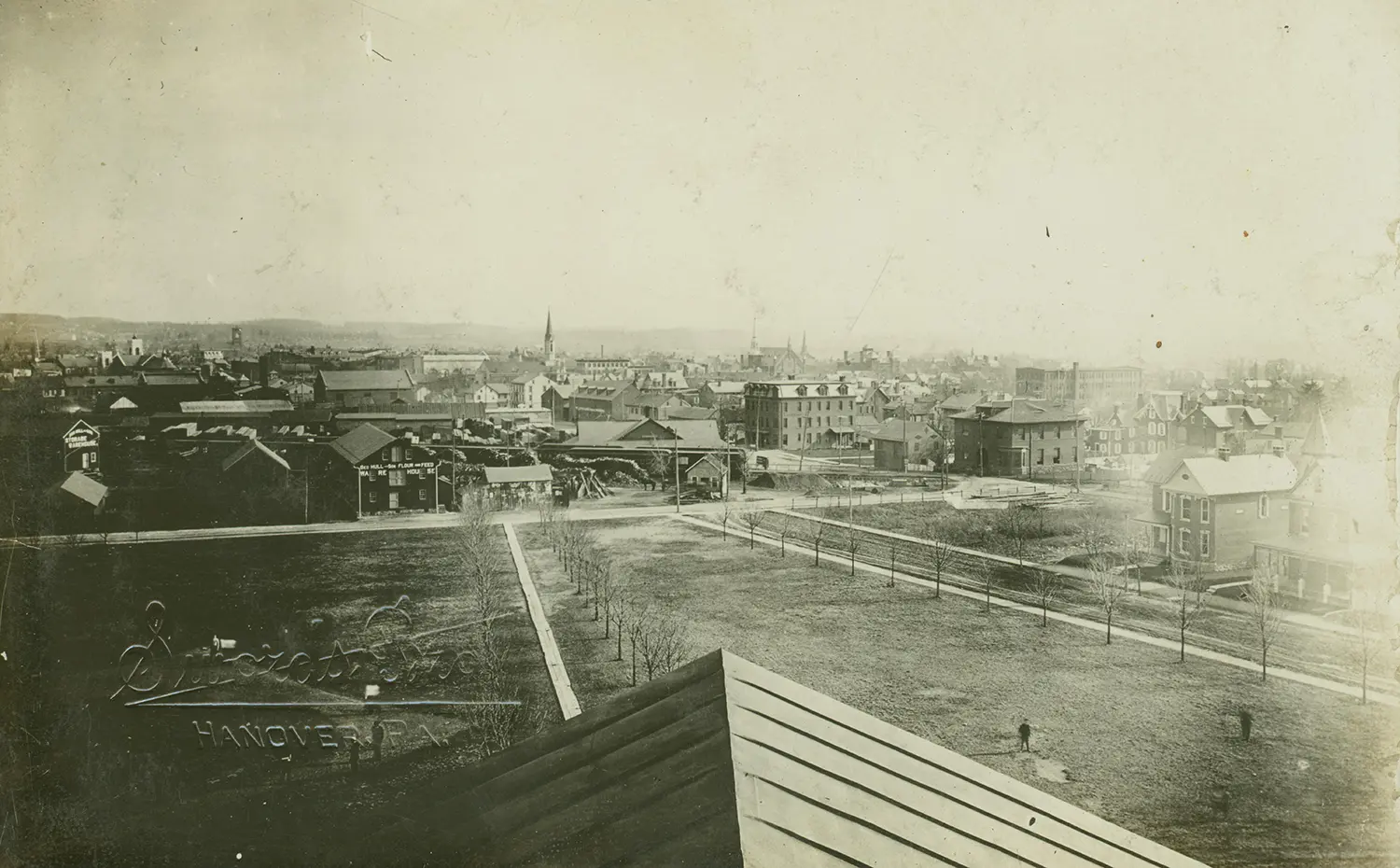About Us
Our mission is to expand the economic capacity of downtown Hanover.
Main Street Hanover (MSH) launched in January 2013, a collaborative effort between Hanover Borough, Hanover Area Chamber of Commerce, Partnership for Economic Development of York County, and York County Economic Alliance. Following the Main Street Four Point Approach© of Organization, Design, Economic Restructuring and Promotion, the community has embraced the revitalization movement.
Main Street Hanover applied for and received 501c3 status in October of 2018, thus launching a new chapter for the effort. Now a stand-alone non-profit organization locally run by an appointed board of 11 community leaders, we can maintain our partnerships while focusing on expanding our impact. We are excited about the growth and future of the downtown and our organization.
The mission of Main Street Hanover is to expand the economic capacity of downtown Hanover, thus improving the business environment, enhancing the quality of place, and increasing community synergy.
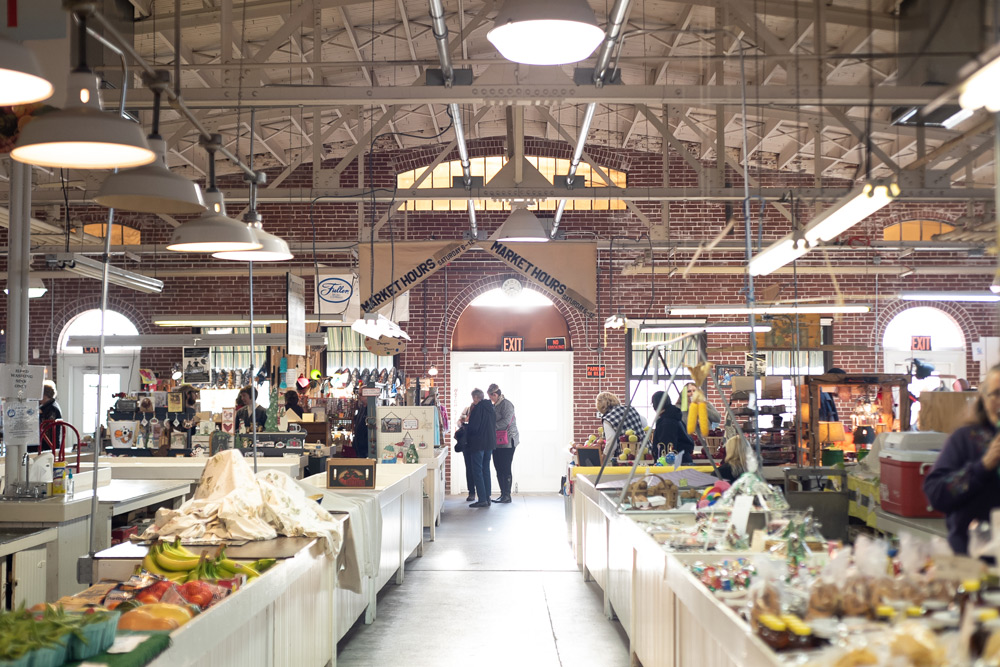
2022 – 2023
Our Annual Report
As another fiscal year ends for Main Street Hanover, it is appropriate to look back at the accomplishments of the past year and the momentum established since MSH was founded in 2013.

Get Your Exclusive Hanover Merchandise!
Browse our selection of items including shirts, hats, totes, and mugs with Main Street Hanover’s exclusive Hanover logos while supplies last. Choose from a variety of colors on many items as well as the logo of your choice on adult apparel.
Our History
Our Story
The town of Hanover in York County, Pennsylvania was laid out in 1763 around a hub of five radiating streets which led to towns and cities in southern Pennsylvania and in Maryland (Abbottstown, Baltimore, Carlisle, Frederick, and York). This lucrative location at the prominent center of commerce provided goods and services to scores of travelers.
Railroads brought further economic well-being to the town and its prominence as a trade center increased. Industries anxious to take advantage of this profitable access to outlying markets began to locate along the railroad tracks in northern Hanover.
This economic boom prompted railroad activity and Hanover entered into its most prolific period of building construction during the late-nineteenth and early twentieth centuries.
As a continued hub of industry, it is the second-largest and second-wealthiest town in York County, and is continuously growing. As of 2012, there were 15,289 residents living within the 3.7 square miles encompassed by the Borough. With consistent growth and development, many new neighborhoods as well as commercial areas surrounding the downtown continue to be built and expand the Hanover community.
Our Vision
Crossroads of History & Heritage
In 2012, the Hanover community created the following vision for Downtown Hanover: Hanover, Pennsylvania, at the crossroads of history and heritage in the southwestern corner of York County, is a bucolic residential community and a bustling hub of industry and innovation. Centrally located, Downtown Hanover is easily accessible, at the intersection of PA State Routes 94, 194 and 116, and a relaxing scenic drive from Gettysburg. Experience Downtown Hanover as an affordable place to live, an ideal place to work, a vibrant place to shop, and a fun place to be.
This vision is realized and will become a reality as a result of a unified, coordinated, and progressive group of private, public, and non-profit stakeholders and community members.
Get a Closer Look
Our Videos
The Future of Hanover
Discover how we plan to continue to transform and develop Hanover.
Contact Us
For any questions or inquiries please contact our staff member, Noël Soisson at nsoisson@mainstreethanover.org.
Leadership
Main Street Hanover Board of Directors:
Daniel Frey, Esq., Chairperson, Barley Snyder
Mindy Crawford, Vice Chairperson, Preservation PA
Nikki Hoffman, Treasurer, Stambaugh Ness
Vanessa Berger, Secretary, Cross Keys Village
Jason Duvall, Campbell’s Snacks
Margie Lewis, Borough of Hanover
Susan Seiple, Hanover Public School District
Brian Shaffer, Gettysburg Foundation
Tammy Wise, Utz Quality Foods

